|
Clue as a dragon. Photo by Kate Ota 2023 Putting the Fact in Fantasy is a collection of essays by subject matter experts about various topics that are often portrayed poorly in fantasy books, movies, and TV. The collection was edited by Dan Koboldt. I came across this book in an Indie bookstore and thought it would probably be helpful for my adult fantasy WIP.
Overview The fifty essays cover topics such as history as inspiration (female professions in medieval Europe, feudal nobility), languages and culture (realistic translation, developing a culture), worldbuilding (magic academies, money, political systems), weapons (archery, soldiers, martial arts), horses (so many horses), and adventure (hiking, castles and ruins). Pretty large variety! Most entries are less than ten pages, and the entire book is only 332 in paperback. My Experience There is a large skew toward European information, but some sections specifically call out non-Western information, like the feudal nobility section which included Middle Eastern titles. Very few sections are focused solely on non-Western information. Most of the historical info is also medieval or even Renaissance, with very little historical focus on more recent time periods. Some essays in the worldbuilding section are less about time period and more about making you think more deeply about your world, which was very helpful. I marked many sections I want to return to, including one about plants. I will say, the horse section went on a bit too long. Is It Worth It? I paid $20 at an indie bookstore for a paperback copy. The ebook is slightly cheaper ($14.99) but if you want to highlight or bookmark sections that you want to think about later, a physical copy is a good investment. This book could be worth it if you're writing a historical fantasy or secondary world fantasy. If you're writing urban fantasy, magical realism, or contemporary fantasy, this book will not be as valuable to you. (Unless you're writing about horses and know nothing about horses.) This book may also be useful for other writers who are writing secondary worlds, since the worldbuilding section is pretty flexible. Bonus, there's also a section about Westerns! Overall, it was worth the price to me. Have you read Putting the Fact in Fantasy? What about the other anthology edited by Dan Koboldt, Putting the Science in Fiction? Let's discuss in the comments!
0 Comments
Tower of Babel, cat tower, same thing, right? Photo by Kate Ota 2023 The Power of Babel: A Natural History of Language by John McWhorter was published in the very early 2000s and discusses how languages arise, evolve, split, and go extinct. Why am I writing this as an "Is It Worth It" and not a book review? Well, I realized early in the book that if I was going to create a fantasy or scifi language, this book included a lot of information about how to make a fake language feel real and not just some made up words in an English grammar scheme.
Overview This book covers a lot of ground in 303 pages, including discussing different grammatical boxes in which languages can be categorized and how languages tend to morph words (because there are reliable patterns). A lot of space is also dedicated to discussing dialects and creole languages. My Experience I enjoyed many of the interesting facts in the book, and learned so much about language in general that I'd never considered. In fact, one of the facts I read was tweeted by Merriam Webster while I was reading. What are the odds? However, it was a little dry and spent a long time explaining things. There were also a lot of Bill Clinton jokes. Is It Worth It? I got this paperback book from an indie bookstore for $17.99. If I was trying to build a language for a story, I think it would be a huge resource to get started with the basic concepts of how the language would operate. However, if you're just a linguistics nerd, or someone who got excited by the etymology in R.F. Kuang's Babel, then this is probably not the book you are hoping it is. Have you ever tried to create a language for a project? What sources did you find helpful? Let's discuss in the comments! Recently while querying, I've noticed more agents asking for optional things like links to mood boards, playlists, or Pinterest boards. There's even a whole pitch event on Twitter around mood boards. I thought I'd take some time to help anyone struggling to figure out what mood boards are in relation to writing projects and a couple (free!) resources to make them. What is a mood board? A mood board is a collage of images, which can include minimal punchy text, which conveys the mood (or as the youths say the vibes) of your story. This includes setting, tone, a sense of character(s), genre, and important visual elements/motifs. If including a quote, it should be short and encapsulate the theme of the novel. A mood board can be a Pinterest page, or you can arrange images into a collage that's a single JPEG using free sites like Canva. Why make a mood board? A mood board is good for more than just pitching on Twitter or sending to the rare agent who asks for it in their Query Manager form. The mood board can help you as the author get back into your story between writing sessions. The process of creating one also forces you to think about the important elements, characters, and places in your story. If you've never thought about tone or theme, it may even bring one out of your subconscious. Where do images come from? If you're making a mood board for just you, and never plan to use it for marketing (or perhaps even pitching) then don't worry too much about copy written images you find on google. Go ham. If you plan to use it for any type of marketing (or pitching) it's safer for you to stick to royalty free images. I like using Unspalsh, but there are other options as well. If building your board in Pinterest, obviously you're only able to use that. The board then stays on Pinterest, which can be fine if using it only for yourself, but tough if your goal is to build one for a pitching event. You can layer text over an image in an editing site like Canva to create a background to match your chosen quote. It may be a struggle to find exactly what you're using for, so change up search terms and feel free to get creative in finding the right matches for your project. Collect more images than you plan to use, then select your final choices later. How do I make them a collage? If building a collage, you can use a free site like Canva. Choose a template that puts 5-9 images of various sizes together. Choose your template wisely, since it may dictate portrait vs landscape oriented images. If you're not a fan of online graphic design options, there's always good old fashioned Microsoft Paint. What are some tips and tricks? One major trick to a mood board is keeping your eye on color. You don't want a ton of competition, and you want it to look cohesive, suggesting your story is cohesive. Choose no more then 3 main colors to include. Ideally, you'll have some muted tones and one that pops. The exception is if color is a huge part of your story, for example if it takes place during Holi, or if color is associated with specific nations (like Avatar: The Last Airbender.) Another tip is to focus one the main character(s) or setting, don't try to include every subplot, side character, or place. You want someone to walk away from your board with a general impression of your story with minimal words. Confusion is killer. Don't focus on finding perfect matches in the photos. You'll never find just the right stock model or angle or city for your fictional characters/world. Instead, go for the emotional impact of the image. Have fun with it! Even if using it for a pitch event or in case an agent asks for one, the mood board's main audience is you. Example Mood Board Let's do an example for something everyone is familiar with: Star Wars Episode IV: A New Hope (aka the original). I searched for images as if Star Wars doesn't already exist, so no cheating by searching for droids, stormtroopers, etc. Let's pretend this is a whole new concept and none of those are options so that you SFFH writers know how to get the concept of your vivid fictional creations across without having to do visual effects yourself. (Or you can commission an artist.) Some stock images I searched for were: space, desert, red laser, hair buns, moon, explosion, black hallway, robotics, fighter plane. Many more terms generated nothing useful including glowstick, duel, robe, telekinesis, epic, hope, and hero. Here's what I collected: You can see there's a lot of red, blue, black, and white. Since the blues are pretty soft, I can get away with using all four colors if red is the one that pops. I wanted to make sure it's clear Star Wars is SciFi, so I kept the robot and stars, and lost the fighter plane. I kept the explosion to show action, and the guy looking up at the moon to show Luke's desire to go on an adventure--that's a mood right there. Either the hallway or the moon would be good to put a quote over, but I felt the moon a little more. I cut Leia's hair buns, because while accurate to the story, they didn't fit the adventure vibes of the other images. The red Star sign glows like a lightsaber, but it didn't get across the idea of a lightsaber, and the word star might be too on the nose. So it didn't make my final cut either. I went to Canva and searched for collage templates. I chose one that had 7 images, uploaded my images, and arranged them. I decided to place my two red images in opposite corners, for balance. I also searched for iconic quotes from Episode IV, and chose "That's no moon..." because it had an ominous, dangerous, and clearly SciFi feel. The other images ended up where they did purely based on orientation that the template dictated, and I'm okay with that. Last, I changed the background to black, because it looked better to me. Your mood board is all about your taste, so follow your gut. Here's my example mood board: Does it convey Star Wars: A New Hope perfectly? No. It's missing a ton of characters, events, and technology. Does it capture the idea of a SciFi story about a guy wanting and then having an adventure, which includes some twists? I think so.
Obviously, this isn't something I was deeply invested in making perfect, so when I make one for my own stories, they tend to have a little more nuance/insight to them. However, I hope you found this mood board tutorial helpful or inspirational and maybe you're tempted to go make one for your own project. Have you made a mood board for your writing? Was it helpful, or was it a major challenge? Do you have more resources for other writers making their own boards? Let's discuss in the comments! Updraft by Fran Wilde is a 2015 YA fantasy which was nominated for the Nebula award (2016), won the Andre Norton Award (2016), and won the Compton Crook Award (2016). It's about Kirit, a young woman in a city made of bone spires (which are continually growing) who wants to pass her flying exam (wings are removable, like a backpack) so she can become a trader like her mother. Of course, things go awry and she ends up being threatened into the world of the Singers, the overseers of the city who break rules to maintain order. Kirit is far from cutthroat and must choose between her own life (where she must be a Singer) or her closest loved ones’ lives.
Fran Wilde is known for worldbuilding, so I really studied what she did in this book. She never apologized, metaphorically, but also never held our hands like a tour guide. She basically said, here’s what happening, trust me to make sense later or leave now. So even though the first scene was rough for me, with all sorts of events happening that I didn’t understand, I was still able to picture it. It taught me that as long as the reader has enough information (who, where, and what) they will stay with the story, even if the why or how isn’t explained right away. I liked the totally different world of Updraft, it didn’t feel familiar at all, yet wasn’t so alien that I was lost. The foundational relationships in Kirit’s life were relatable, even if flying or a tower made of bone were not. Fran Wilde struck an excellent balance there. This is the start of a series, so on the downside, if you’re looking for everything to be explained (if the city is made of live bone, then what sort of creature are they on??) then you’ll be disappointed in having to wait for answers. This could be a plus side though, if you’re looking for a juicy, award-winning series to dive into. I think my only complaint was a lot of plot beats were predictable to me—this could be because I’ve been studying plotting and examining a lot of stories for their structure. I think most readers would be a little more surprised than I was. This book is for you if you like fantasy that is different from what you’ve read before or if you’re looking for a series to start. If you’ve always wanted to fly or travel, you’ll relate a lot to Kirit. It may not be for you if you want your YA to have romance, or your fantasy to have magic (neither is required, but tend to be expected). It’s also not for you if you want a stand-alone read. Have you read Updraft or other books by Fran Wilde? What did you think? Let’s discuss in the comments! Wilbur loved The Anatomy of Story so much, he kept rubbing his face against the cover. Photo by Kate Ota 2021 I picked up a copy of The Anatomy of Story by John Truby months ago and let it languish on my shelf. I thought I’d read once I was done editing my current project or maybe when I started querying. However, as I started prepping for NaNoWriMo (during which beta readers will have my current project) I realized I should take a look to see if this book would influence my Preptober.
Overview This approximately 400-page book is $18.99 for the paperback. It’s like going from Save The Cat and The Story Equation and taking the next step in writing mastery. It includes character creation, setting, theme, and twenty-two story beats. There are numerous examples throughout as well as worksheets. My Experience The story beats are a bit save-the-cat-ish, but those were hardly the best part of the book. I appreciated the analysis of character creation and scene setting that’s explained before plot gets brought up. The way different elements are discussed on a symbolic and thematic level was mind blowing. I even found I’d used some of the techniques on accident (probably from reading so much—hence why you need to read a lot!) and with some tweaking I could make it look very purposeful and deep. I hadn’t seen many of the major examples (Tootsie, Casablanca, and The Godfather were most referred to, and I hadn’t seen The Verdict either) but they were clearly explained. I had seen some others (It’s a Wonderful Life) so it was helpful that most concepts were explained using multiple examples. It’s a dense book. I tried to read it on my morning commute and fell asleep a couple times. You really need to be awake and committed to reading it. However, it’s dense with knowledge and supremely helpful. Is It Worth It? The price was great for the amount of information and length of the book, in my opinion. If you’re a person who likes to highlight and flag craft books, then the paperback is for you. If you aren’t a highlighting type of person, then go with the e-book version to save some money. I recommend this book if you’re looking to up your plotting skills. If you aren’t a plotter, I recommend a little more clear-cut plotting book first (like Save The Cat). It’s also not about basic sentence mechanics (for that I recommend It Was The Best of Sentences, It Was The Worst of Sentences) and while it covers character, I think you need a baseline of character building first (such as understanding want vs need; I recommend The Story Equation). Wisteria gets its name from the American anatomist Casper Wistar. Photo by Kate Ota 2019 When I was a kid, any time I asked my dad about what a word meant, he’d start with the word's origin, the etymology. Never a dictionary-fresh definition. He had me look at the word as a thing that was built and created over time, not a stagnant object. It used to drive me nuts. “Just tell me what incongruent means, Dad!” And yet, by the time I took the ACT and SAT, I knew all sorts of random word parts and guessed my way through words I’d never seen before, to excellent scores I might add. To this day, if I hear a new word, I wonder about the etymology. It’s the most common thing I google. When I was teaching anatomy, I constantly emphasized word parts for my students. If I had continued teaching (they didn’t even offer me health insurance, so you see why I quit) then I would have made my students an anatomy word-part cheat sheet to keep for the semester. Things like osteo referring to bones, myo referring to muscles, and chond referring to cartilage would have made the list. This has obviously helped me as a reader. But can etymology help writers? Unfortunately, it can’t help with mixing up very similar words in your writing (like lay vs lie) because their etymology is also very similar. (Trust me, I checked. That was the original idea for this post but it went nowhere.) However, etymology is a huge help in worldbuilding. Let’s look at some examples. Spells in Harry Potter Most of the spells in Harry Potter have a Latin origin (a few are Greek). This does two things: one, it helps make all the spells have a unified feel; and two, it helps the readers guess or keep track of the spells’ meanings. Since HP is middle grade, it also helps the young readers learn some classic word-parts. Examples: Crucio: the unforgivable curse causing intense pain. This is from cruciate, Latin for a cross shape. And guess what the cross was used for? That’s right, it was used to torture and kill people, most notably Jesus (there’s a lot of Jesus allusions in HP.) Lumos: the light creating spell. This comes from lumen, Latin for light, and the Latin suffix os, to have. Every Day Words from Shadow and Bone Shadow and Bone (book one of the Grishaverse) by Leigh Bardugo was recently adapted into a Netflix series. (I quite enjoyed it! Though there was a lot of racism thrown at the MC, which wasn't necessary.) The main nation, Ravka, clearly has a Russian feel. One of the best ways this is accomplished is through the words. Examples: Grisha: the people who have magical powers. This comes from the Russian name for Gregory, which means watchful and connects to the biblical Grigori. Since they’re a type of army/defenders, being watchful makes sense. Otkazat’sya: the people who aren’t Grisha. It’s actually the Russian verb for to abandon, that Bardugo co-opted into a noun (which is a process called nominalization) and added the Russian suffix -sya. Bardugo added this suffix to other words in the book as well, even if the rest of the word was less Russian. A neat trick to keep the vibe of a place without totally copying the language or confusing readers for whom Russian is not familiar. Names in Avatar the Last Airbender Anyone who has seen the show will tell you Avatar is set in an Asian-inspired world. Specific cities and countries are more closely tied to specific Asian nations, and this is done through architecture, art, music, and names. Not a lot of words were made up or derived from and added onto, like the last two examples. Of course, Avatar had the advantage of being a visual medium first, so the art helped sell the overall vibe more than language needed to (like it would in books.) Examples: Dai Li: the secret police in the city Ba Sing Se. This comes from Chinese. Dai means to wear, and Li refers to a hat, specifically the pointed top and wide brim shape these characters wear. But the name has more meaning than that. Lieutenant General Dai Li was a real person in the Chinese government in the first half of the 1900s. He led a secret military police and a paramilitary fascist group. He was extremely feared and his 50,000 agents were more than spies, they could also be assassins. Zuko: the initial antagonist and eventual example of redemption. The Chinese meaning of this name can be failure or loved one, which is perfect for the character himself, as those were the two paths he saw for himself. However, it’s notable that other languages also lay claim to this name. The Filipino origin can be translated as angry or surrender—which both still work for the character. I found another origin from Zulu, where it means glory. Again, it still matches the character, if you focus on season 3. Clearly, looking at the etymology of the words in your fictional world, from spells to everyday terms to names, can give the world a sense of unity through linguistics, or add a sense of differentiation between multiple locales within your world, should you use more than one language base. Digging into the etymology of these examples was super fun for me and I learned more about the worlds as well. Building meaning into your fictional terms is a great Easter Egg for fans to enjoy beyond the story on the page. Have you ever played with etymology in your worldbuilding? Did you stick to the familiar (Latin, Greek, Germanic) or go somewhere farther from English? Let’s discuss in the comments! Sources in case you want to dig deeper: Harry Potter spell etymology Leigh Bardugo talks the etymology in Shadow and Bone Avatar the Last Airbender etymology The pictures are all not mine! Last week I reviewed World Anvil, the worldbuilding website but my biggest disappointment was the lack of map making capacity, especially because it featured so many images of maps! So I checked out the list of websites World Anvil recommended for mapmaking and spotted Inkarnate.
Overview Inkarnate is a mapmaking website. It’s advertised as being for making maps for fantasy worlds for game play (like D&D), writing, game design, etc. There are two tiers: paid and free. Free version: It’s free! You don’t even enter credit card info. It’s not a trial, it’s always free. Paid: You can pay monthly ($5/month) or annually ($35) and access the same material either way. The pro version allows you to access more items to put on your maps (like walls or different trees and cities), more frequent art updates, other mapmaking tools (like the advanced mode to specialize and have more freedom during creation), commercial use of your maps, higher resolution map exporting, and allows for your custom art alongside their Inkarnate art. Either free or paid, your maps are always only visible to you unless you “publish” it on their website. Both versions allow you to export (i.e. download) to your computer and/or save your map to your account. In the map making itself, there are different styles. They’re broken down into categories: world maps (Fantasy or Parchment style), Regions, Cities and Villages (including the optional Watercolor style), and Battlemaps (which also includes the interior of buildings). My Experience Inkarnate is aimed at fantasy worlds, and by that it’s clear they mean Tolkein-esque fantasy. If you’ve got something set in a non-medieval-Europe world, this is going to be a stretch for you. However, it can still work for zoomed-out big picture maps, which is how I tried to use it for my sci-fi. There’s a fairly helpful FAQ, but the tool itself can be difficult to figure out. It didn’t even use normal scrolling, so I kept accidentally zooming when I wanted to go right. I’m not exactly the most tech savvy person, but I’m also far from being computer illiterate. I found the learning curve frustrating. It took me three tries to get a map even close to what I’d pictured in my head. In the end (I’d say maybe an hour later) I was very happy with my map. I’d show it, but it’s full of spoilers for my book. Things you can do: alter the type of land, draw the location of land and water, add trees and mountains, add some basic human-made-items like a city/bridge/windmill. However more options were available for the paid subscription, such as buildings inspired by a small handful of non-European locales (those categories were called Desert and East so don’t get your hopes too high about accuracy or specificity), other types of land, paths, and grids. You can also add generic markers (I used these to mark where events take place) and custom labels. I had fun making my map once I knew how to work the system, and it looks much better than the one I made in Paint! Is It Worth It? The free version is actually really great, once you learn it. I was able to make what I needed and it looks like an adult made it instead of a child. However, the paid version is very affordable and if you needed to make a map for a self-pub book or other business project, then it would be great for you. If you’re just playing with it or want it for your own reference (or to send to a professional artist as a reference to remake your map in a style that better fits your non-Tolkein-eqsue thing) then I think the free version is great! The biggest investment is the time to learn the tools. And not just read the directions, but actually understand how to do it. For example, there’s no scrolling, and attempting to scroll messes with the zoom. That disoriented me about five times. Have you made a map with Inkarnate? Did you like the experience, or is there a better option? Let’s discuss in the comments! The front page of the WorldAnvil site At Futurescapes 2021, several teachers recommended worldbuilding websites and software, so I've been checking them out. First up is WorldAnvil, which has also been heavily advertised to me on YouTube. I had high hopes going in that this might help me write my next project.
Overview WorldAnvil a website that helps you worldbuild for writing or role-playing games (RPGs). It includes prompts to help you write about characters, buildings, conditions (like a plague), conflict, country (you can start as big as a solar system!), documents (like the Constitution), ethnicities, geography, items (like Excalibur), languages, materials, military units, myths/legends, natural laws (or laws that govern magic), organizations, professions, the plot, prose (in which you can include sections of your WIP), religion, titles (like King or Governor, not book titles), settlements, species, spells, technology, traditions, and vehicles. Tiers of Use: (blue denotes a change from the previous tier) Freeman: Cost: Free Includes: Basic features, all info is public; 100 MB, up to 2 worlds; 0 co-owners; 0 subscribers; 20 draft articles; 175 final articles; basic homepage; can export only one article at a time Within the free version, I had constant ads for getting 30% off a subscription, so don’t pay full price for these without first getting a free account first and getting some promo codes! Journeyman: Cost: $40/yr Includes: Basic features; privacy; 1GB; 5 worlds; 2 co-owners; 5 subscribers; unlimited draft/final articles; advanced homepage; notes; can embed secrets in own public articles; track word count and goals; 1 world data export/day; no ads; personalized theme; to-do list; quick image uploader; distraction free mode; organization trees; exclusive map markers; calendars Master: Cost: $58/yr Includes: Basic features; privacy; 2GB; 10 worlds; 4 co-owners; 10 subscribers; unlimited draft/final articles; advanced homepage; notes; can embed secrets in own public articles; track word count and goals; unlimited world data export/day; no ads; personalized theme; to-do list; quick image uploader; distraction free mode; organization trees; exclusive map markers; calendars; self-pub and editing tool; interactive tables (for randomizing things for RPGs); diplomatic relations webs; family trees; full text search; map marker groups (including secret markers); map compass; map journey lines; map labels; discord integration; and advanced customization Grand Master: Cost: $105/yr Includes: Basic features; privacy; 5GB; unlimited worlds; 9 co-owners; 100 subscribers; unlimited draft/final articles; super homepage; notes; can embed secrets in own public articles; track word count and goals; unlimited world data export/day; no ads; personalized theme; to-do list; quick image uploader; distraction free mode; organization trees; exclusive map markers; calendars; self-pub and editing tool; interactive tables (for randomizing things for RPGs); diplomatic relations webs; family trees; full text search; map marker groups (including secret markers); map compass; map journey lines; map labels; discord integration; advanced customization; content trees and charts; quick visibility toggle; advanced management; world communities early access beta; custom article templates; customizable categories; circular map markers; polygon map markers; create your own map markers; RPG character designer toolset; advanced formatting features; no ads visible to your visitors; and extended world statistics Sage: Cost: $300/yr Includes: Basic features; privacy; 10GB; unlimited worlds; 20 co-owners; 1000 subscribers; unlimited draft/final articles; super homepage; notes; can embed secrets in own public articles; track word count and goals; unlimited world data export/day; no ads; personalized theme; to-do list; quick image uploader; distraction free mode; organization trees; exclusive map markers; calendars; self-pub and editing tool; interactive tables (for randomizing things for RPGs); diplomatic relations webs; family trees; full text search; map marker groups (including secret markers); map compass; map journey lines; map labels; discord integration; advanced customization; content trees and charts; quick visibility toggle; advanced management; world communities early access beta; custom article templates; customizable categories; circular map markers; polygon map markers; create your own map markers; RPG character designer toolset; advanced formatting features; no ads visible to your visitors; extended world statistics; no WorldAnvil branding on your pages; express support and guidance; custom world domain and URL; google analytics integration; custom article URLs, password protected articles; private access shareable links to articles; quick Patreon supporters import and management; and access to monetization videos and private workshops My Experience I got a Freeman ($0) account to check out the website. There were pros and cons. Cons:
Pros:
Is It Worth It? Like I say in most of these posts, it depends! If you’re writing epic fantasy and need to keep track of a very detailed world, sure. It seems like a great way to keep a high volume of info organized. I'd say it's better than a simple word doc, for example. But you better be willing to shell out some money and even more money elsewhere for a map. However, if you and a couple friends want to split an account, I could see that working pretty well. I suspect it's most beneficial for established authors with a following, that way you can monetize it and earn a little income from it as fans explore more of your world beyond what's in your books. If you’re just using it to organize your writing and you’re not doing a gigantic sprawling world/universe, then I’d say there are better tools for you. For example, I could make a family tree on Milanote for free, but on WorldAnvil you don’t get that capacity until the Grand Master level ($105/yr). And One Stop for Writers had way more in-depth character building that honed in on the psychology and cohesiveness of characters—but WorldAnvil was just a typical fill in the blank type list that you could probably find online elsewhere. It’s also advertised for RPGs, but since I don’t play those (I tried them in college, not my thing) I don’t want to comment on WorldAnvil’s effectiveness for that. Do you use WorldAnvil for your worldbuilding/book bible? Do you think it’s worth others’ money? Let’s discuss in the comments! |
Archives
April 2024
Categories
All
|

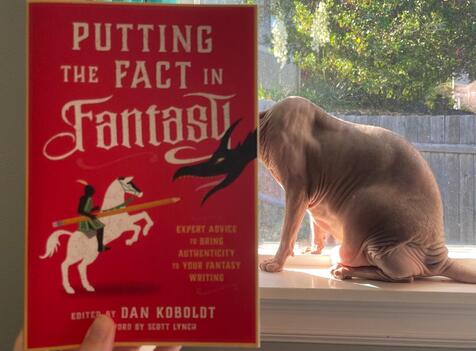
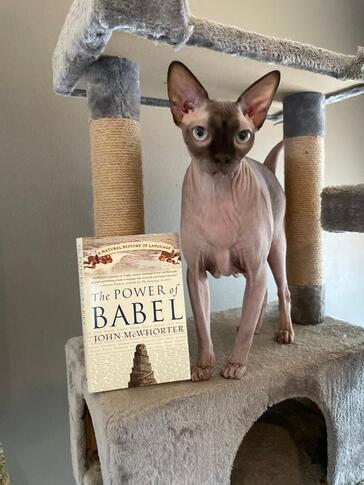
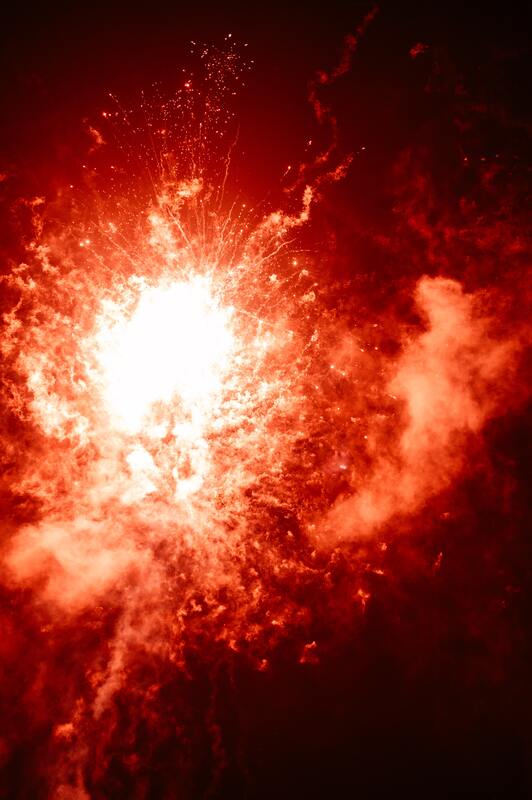
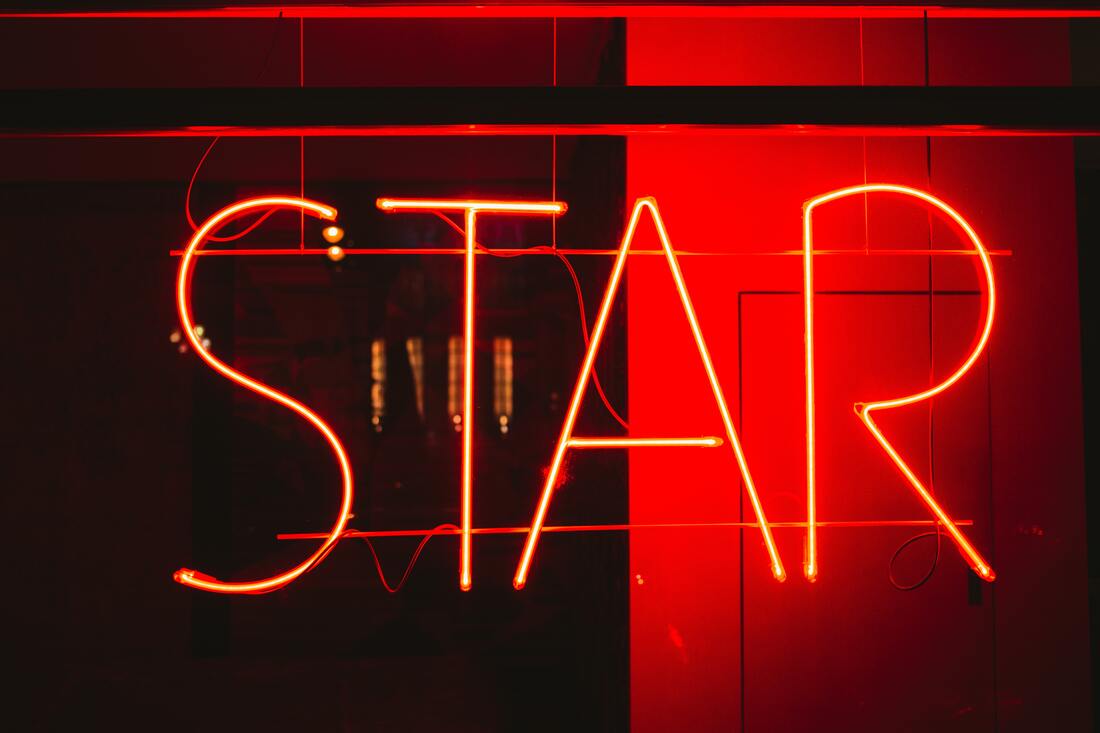


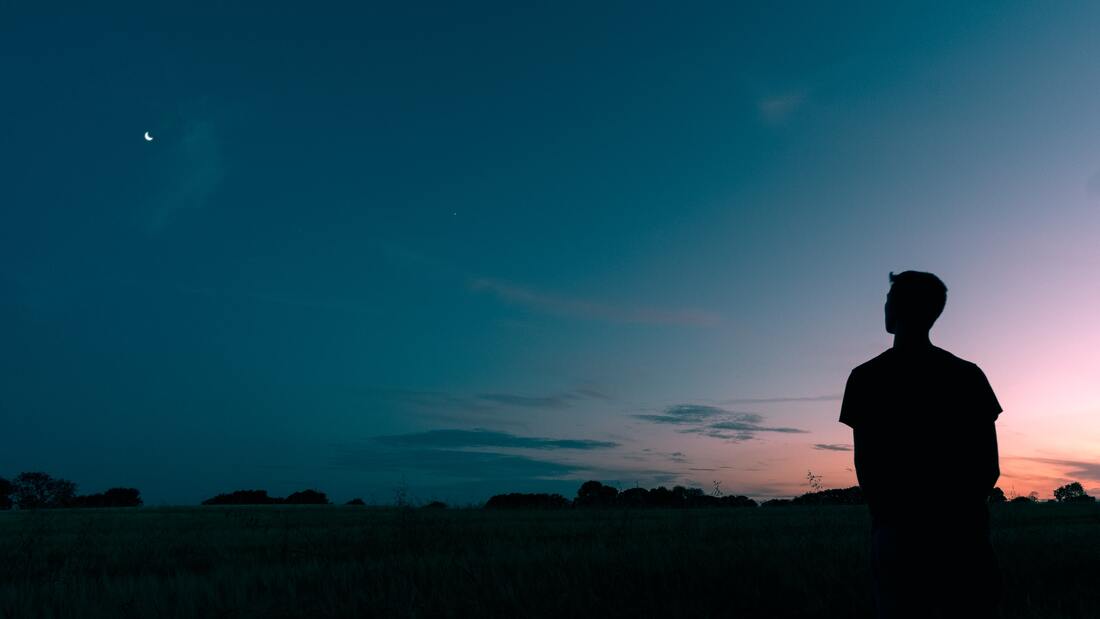
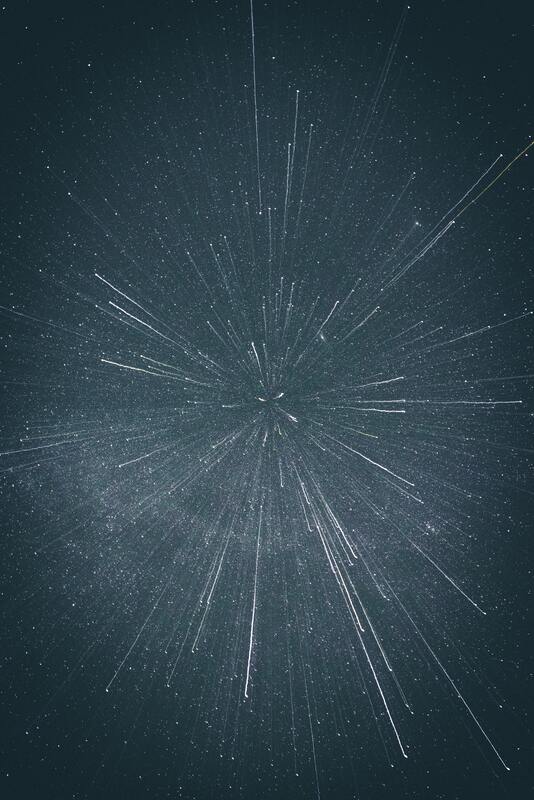
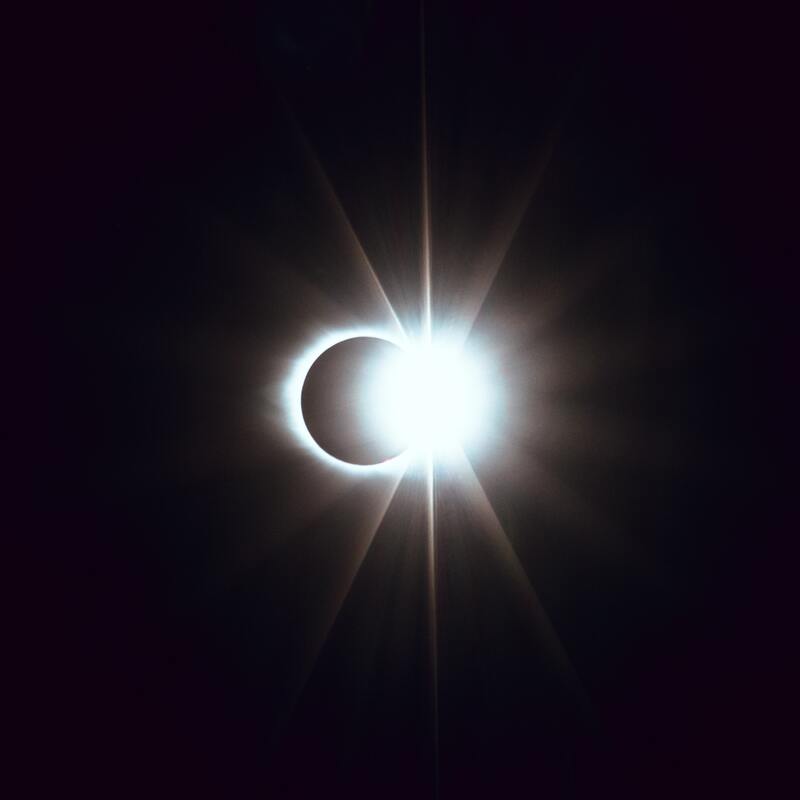
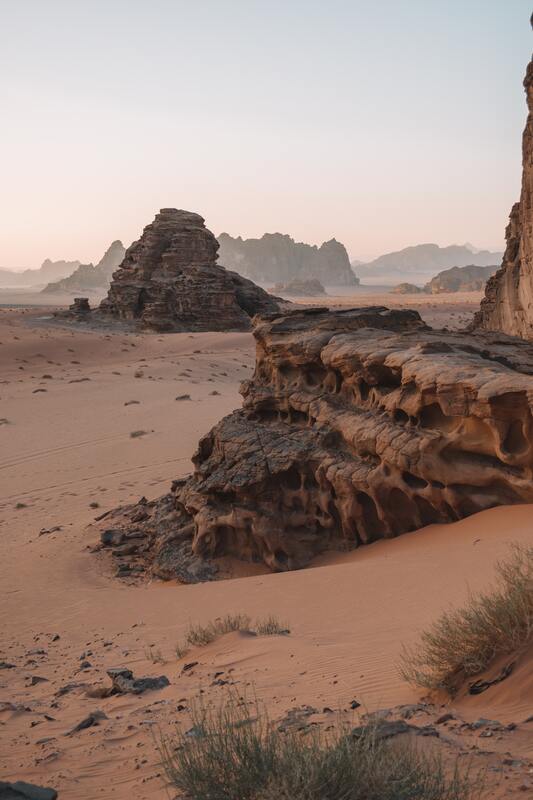


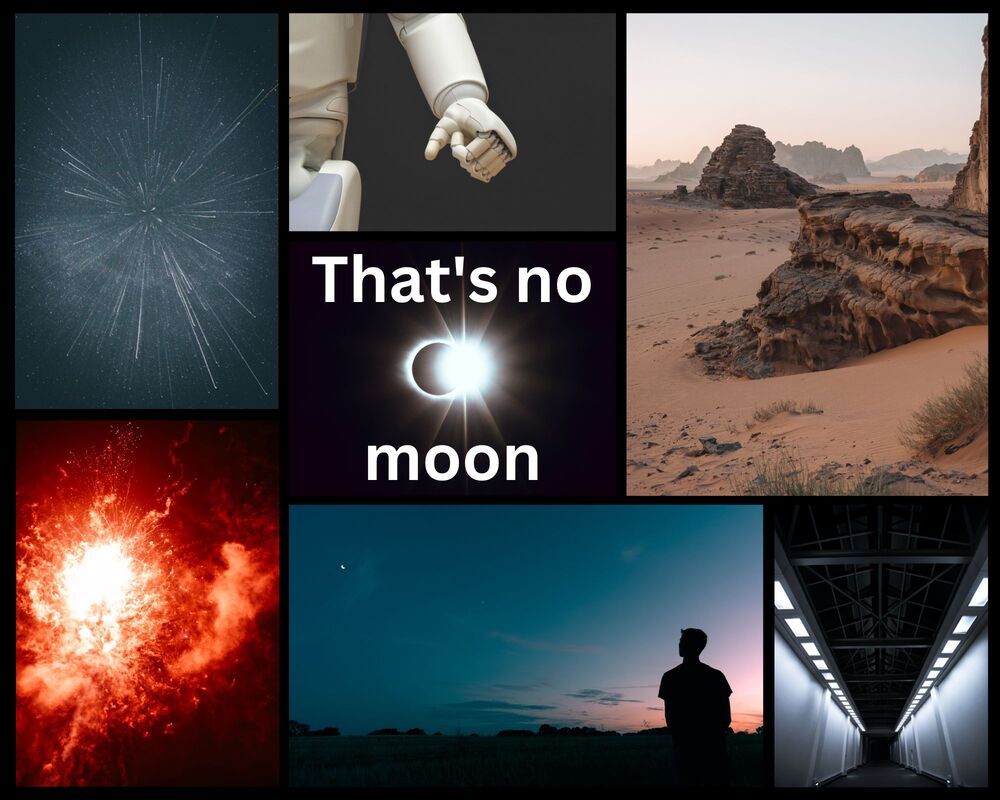
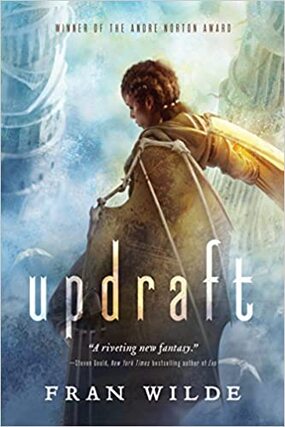
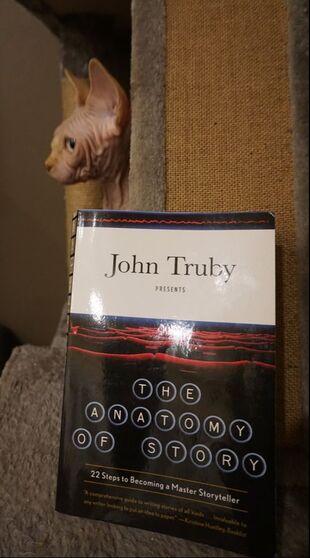
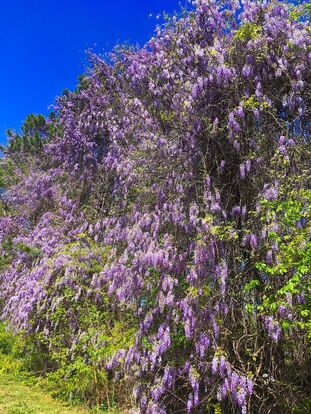
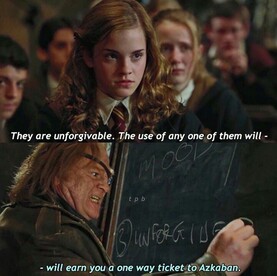
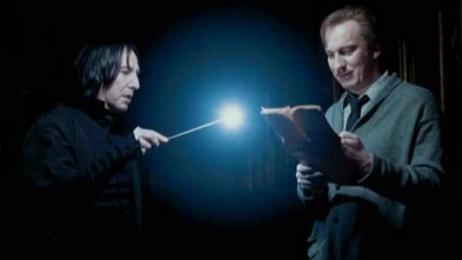
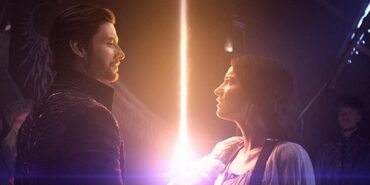
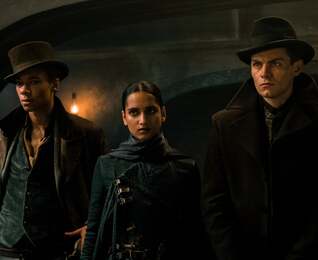
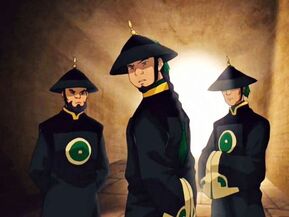
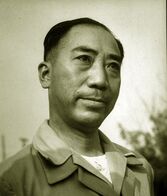

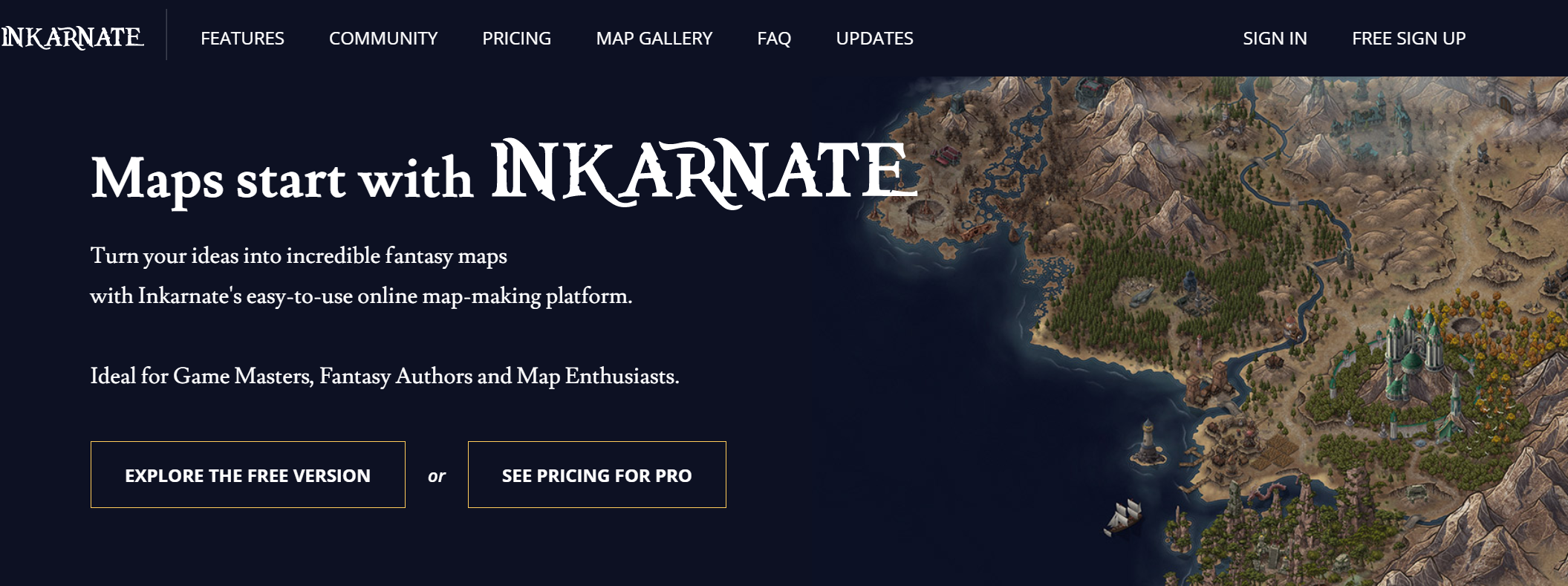
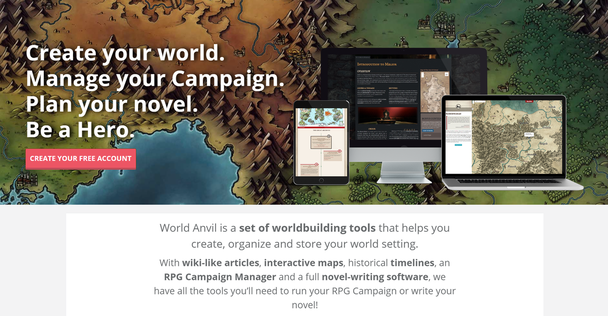
 RSS Feed
RSS Feed